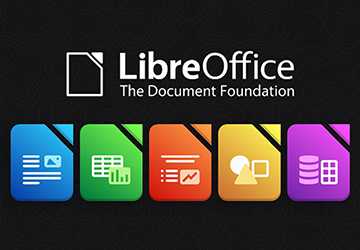4 Digital Detox Steps to Save $150 a Month
Does your phone ping with notifications as regularly as heartbeat pulses? Do impulse purchases for apps and streaming services tally up faster than local coffee shop bills?
Despite best intentions guarding time and money, many folks fall prey to digital pollution infiltrating attention while extracting dollars inadvertently.

Thankfully, implementing a practical digital detox through four straightforward lifestyle adjustments dials back excessive screen stimuli and curbs cord-cutting streaming bills, gradually reclaiming around $150 monthly.
Let's get started!
How does a Digital Detox deliver clarity and Calm?
Beyond budgetary benefits, digital detoxes promise happier, healthier daily lives too. Humans didn't evolve, interfacing with pixels and online enticements vying for consideration 24/7.
Yet the average person checks their phone 96 times daily, totalling over 58 hours a month absorbed by devices.
But consciously unplugging even briefly uplifts moods, focuses attention and enhances presence.
Now, let's explore tangible techniques to start tuning out tech noise and tuning into present-moment savings!
Step 1: Catalog and Evaluate Your Digital Spend
Comb through credit card and bank statements identifying all active subscription charges from popular streaming services, niche apps, membership sites, box subscriptions, and other digital offerings enlisted for recurring payments.
Jot down or spreadsheet each identified service alongside the corresponding monthly/annual costs.
Once fully implemented and the total amount of statistical services exceeds imagination, evaluate the actual sustained utility of each project.
Does that rarely-used meditation app remain necessary? Or does sticking with a legacy cable plan make sense in the streaming era?
Be mercilessly honest with underutilized digital clutter, robbing attention and hard-earned money. Establishing renewed intentionality around online entertainment and tool spending could free up $50+ monthly.
Step 2: Resist Irresistible In-App Offers
Beyond recurring subscriptions, digital platforms trigger impulse micro-purchases through in-app nudge alerts about "limited-time" upgrades, exclusive features or special virtual currency packages powering gaming apps.
But these enticing bells and whistles add up quickly through thoughtless quick clicks without evaluating whether incremental utility merits even minimal costs.
Consciously pause the next time an app tempts impulse buys. Ask yourself, "When did I last even use this app?" or "What extra purpose does this new feature provide for improving my experience?"
Simply turning off in-app purchasing options altogether works, too. However, closely monitoring discretionary digital spending choices pays significant dividends, lowering monthly bills by around $35.
Step 3: Tap Into Free and Open Source Software Riches
Rather than resigning yourself solely to globally recognized paid apps and software brands, explore free and open-source alternatives offering similar core functionality without recurring subscription fees or one-time purchases.
Passionate developer communities continue building open platforms across nearly all categories, from office tools like LibreOffice for documents to GIMP for editing images and ShotCut video production.

While interfaces feel less polished than paid-for titans like Microsoft and Adobe, dig deeper, offering these grassroots projects a fair shot.
You might uncover free replacements better suited to niche needs around encryption, transparency, or device compatibility.
Joining user forums introduces you to welcoming communities where you can share troubleshooting wisdom plus customization guidance freely. Migrating just a few daily applications to free open-source options saves $25 monthly.
Step 4: Initiate Tech-Free Days
Combat increasingly pervasive digital noise by dedicating one full day weekly to setting aside smartphones, laptops, tablets, gaming consoles and intelligent screens for 24 hours of offline living.
Opt instead for relational conversations, home crafting, nature reading, self-care pampering, or anything else that is not powered by broadband connections or device bytes.
Even occasional technology timeouts prove restorative, providing mental clarity while loosening social media’s addictive hooks that less mindful users fall prey to through perpetual scrolling and engagement chasing during non-stop digitally dominated weeks.
Beyond fostering healthier digital diets and lowering information anxiety, a screen-free day also directly reduces home electricity and Internet overage charges—a double win that saves around $40 monthly.
Conclusion
Rather than framing technology as villainous, view occasional digital fasts as part of balanced media diets that sustain daily productivity, sensible recreation, and meaningful real-world connections simultaneously.
Commence just one 30-day test trial implementing this quick quartet of lifestyle adjustments.
Then, watching restored free time and extra available income multiply simply by monitoring digital consumption more consciously.





